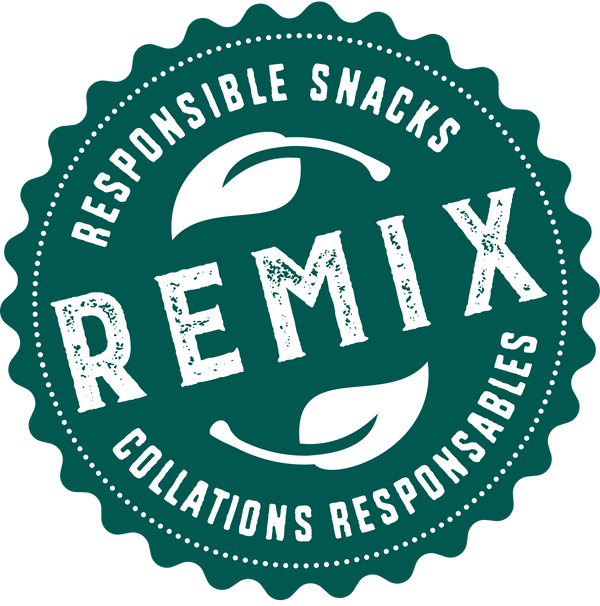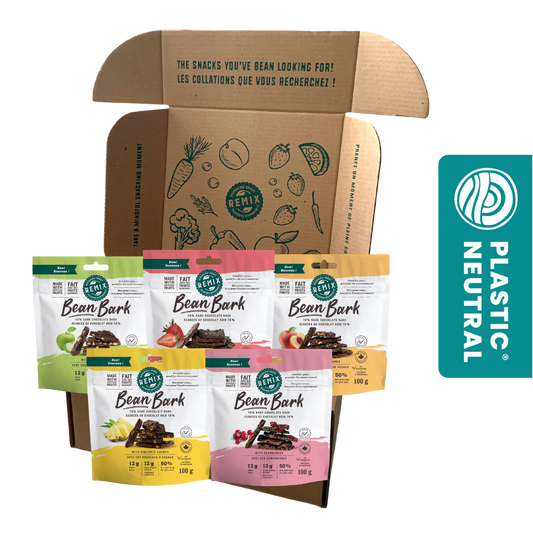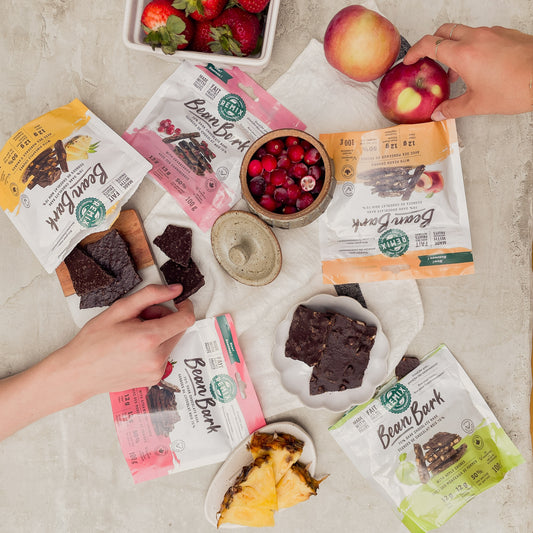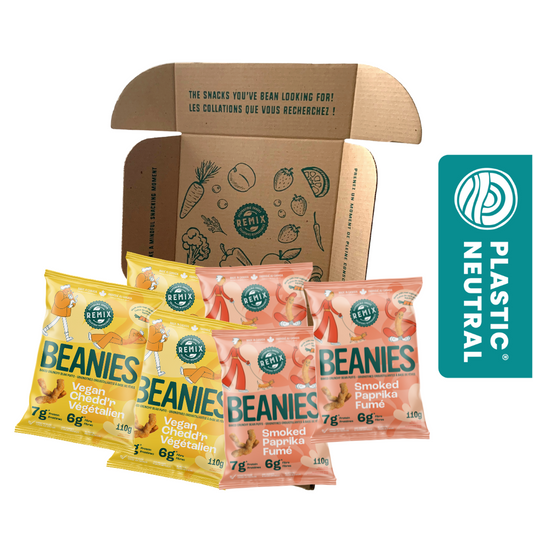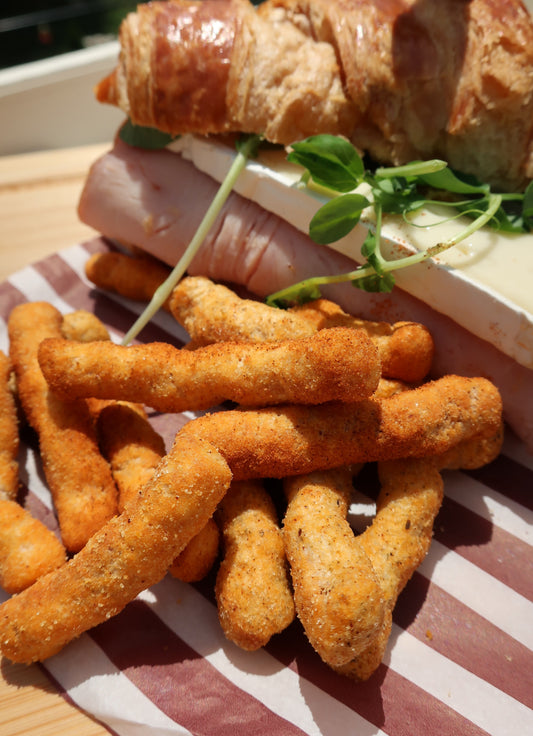
Written by: Cherlyne Mok, June 2020
Why our Bodies Need Iron
Iron is an essential mineral. It binds to our red blood cells to form hemoglobin, which then carry oxygen to the whole body, including the brain. Essentially, iron is important in the transport of oxygen throughout the body(1). Apart from that, iron plays an important role in maintaining a healthy immune system(2). A healthy immune system is exactly what we need to fight off COVID-19 infections!
The Different Types of Iron
Before we look for a list of food sources of iron, let us first explore the different types of iron. There are 2 types of iron: heme and non-heme iron. Heme iron is generally found in animal products like beef, chicken, and oysters. This type of iron is more readily absorbed by our body. On the other hand, non-heme iron is found in plant-based foods but it is not as efficiently absorbed. (3) This is why people who follow a vegetarian or vegan diet are at a higher risk of developing an iron deficiency.
But here’s a little trick for our plant-based foodies: pair your iron intake with Vitamin C; avoid tea, coffee, and dairy products, like milk or cheese, to better absorb your iron!
How Much Iron You Need Per Day
Generally, adult women need more iron than men due to their monthly losses through menstruation. According to Health Canada (4), men need around 8mg of iron per day, whereas women need around 18mg per day. On top of that, pregnant women have an increased need of 27mg, which is decreased to 9mg while they are lactating. Here is a table to help you visualize how much iron is found in each food.
|
Food sources of Iron |
Iron content |
|
Heme sources (3 oz. each) |
|
|
Liver (beef or chicken) |
3.5 mg |
|
Clams, mussels or oysters |
3.5 mg |
|
Beef |
2.1 mg |
|
Chicken, turkey or veal |
0.6 mg |
|
Non-heme sources (varied amounts) |
|
|
1 cup of cooked white beans |
4.3 mg |
|
½ cup of tofu |
3.5 mg |
|
1 oz. dark chocolate |
2.3 mg |
|
1 cup of raw spinach |
0.7 mg |
Data extracted from WebMD (5)
If you don’t have enough iron in your diet, you might experience some common signs of iron deficiency such as tiredness, pale skin, and headaches. (6)
Bean Bark - an excellent source of Iron
Another excellent source of iron is Bean Bark as one bag of Bean Bark provides a whopping 80% of your daily iron needs (based on a recommended daily allowance (RDA) of 18mg). Best of all, they’re vegan! But what gives this snack so much iron? Dark chocolate and white beans! Dark chocolate and white beans are both great sources of iron, and they are also 100% plant-based.
So if you want to make sure you get enough iron in your diet while enjoying the taste of dark chocolate grab yourself a bag of Bean Bark!
To learn more fun nutrition information check out the rest of our blogs! Also, don’t forget to follow us on Instagram and Facebook.
@remixsnacks
References:
-
Watson, S. (2011, July 12). Iron: What You Need to Know. Retrieved May 24, 2020, from https://www.webmd.com/vitamins-and-supplements/features/iron-supplements
-
Welch, A. (2017, October 27). 7 Unusual Signs of Iron Deficiency: Everyday Health. Retrieved May 24, 2020, from https://www.everydayhealth.com/news/unusual-signs-iron-deficiency/
-
Harvard T.H. Chan School of Public Health. (2019, October 28). Iron. Retrieved May 24, 2020, from https://www.hsph.harvard.edu/nutritionsource/iron/
-
Health Canada. (2006, June 29). Dietary Reference Intakes. Retrieved May 24, 2020, from https://www.canada.ca/en/health-canada/services/food-nutrition/healthy-eating/dietary-reference-intakes/tables/reference-values-elements-dietary-reference-intakes-tables-2005.html
-
WebMD. (2018, November 26). Top Iron-Rich Foods List. Retrieved June 04, 2020, from https://www.webmd.com/diet/iron-rich-foods
-
Kohn, J. (2017, December 14). Iron. Retrieved May 24, 2020, from https://www.eatright.org/food/vitamins-and-supplements/types-of-vitamins-and-nutrients/iron
